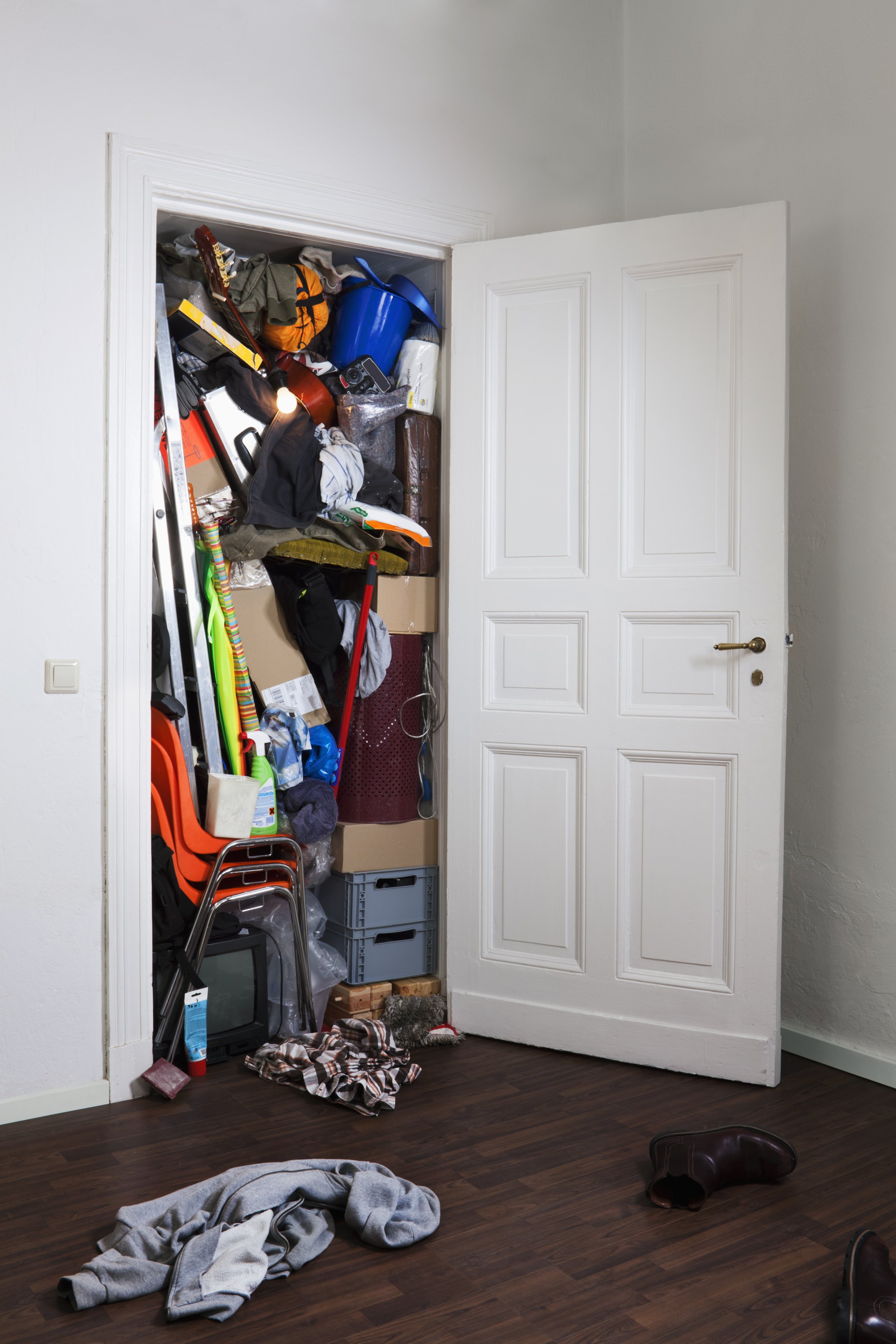
How do you recognize a house that has kids in it? By all the stuff.
We start collecting stuff for kids before they’re even born. Not long after that that they start collecting stuff themselves. (And leaving it just about everywhere.) But all that stuff doesn’t just get in the way when we’re trying to walk across the living room. It can get in the way of our lives.
That’s what Joshua Becker, founder of Becoming Minimalist and author of Clutter Free with Kids, realized one day, as he spent an afternoon cleaning stuff out of his garage instead of playing with his son.
So he and his family decided to simplify their lives, selling or giving away everything that wasn’t essential. The biggest benefit, according to Becker? Getting all that stuff out of the way gave his family a chance to focus on what really matters most to them.
“We began questioning everything we had allowed into our life,” Becker says. “Is this really benefiting us? Or is it just there because everyone else is doing it?”
He’s not the only one. Marie Kondo, whose bestselling 2014 book The Life-Changing Magic of Tidying Up advises people to keep only those things that bring joy, used to sneakily throw away her siblings’ stuff when she was a kid.
But confronted with the tidal waves of stuff in kids’ lives, much of which they claim they desperately need, where can a parent begin?
“Don’t start in your kids’ closet,” Becker says. “Start in your own. Your child sees the example you’ve set, and you’ve explained why you’re doing what you’re doing. So by the time they get to their stuff, they’re prepared.”
With elementary age kids, Becker says, parents can start very simply: by saying, “no.” Parents often want to give their kids everything. But one of the most important things they can give kids, according to Becker, is boundaries. And once those boundaries are set, good conversations can start, with questions like, “What things are important to keep? Why do you want to keep them? What things do we not really need?”
By middle school, kids have started to notice what other kids have. So “envy becomes more prevalent,” Becker says. But, he notes, “we almost never solve the problem of envy by acquiring whatever it is we envy.” Instead, Becker says, the antidote for envy is gratitude. Parents can help kids confront envy with questions like, “How do you think having that new thing would change your life? What things do you have now that you enjoy?”
High school kids are in a place where they can be more self-reflective about the stuff they own, or want. Parents can encourage them with questions like “What makes us want to buy more and more? Why aren’t we satisfied with what we have?”
And, Becker says, parents can encourage kids to dream big not about what they want to have, but what they want to do. Kids “have very big dreams,” says Becker. And that’s one place where it is healthy to try to give them everything: “we should encourage them to do whatever they want to do to help people, and change the world they’re in.”
Sign up here for TIME’s free weekly newsletter for busy parents who just want the good stuff.
More Must-Reads From TIME
- The 100 Most Influential People of 2024
- Coco Gauff Is Playing for Herself Now
- Scenes From Pro-Palestinian Encampments Across U.S. Universities
- 6 Compliments That Land Every Time
- If You're Dating Right Now , You're Brave: Column
- The AI That Could Heal a Divided Internet
- Fallout Is a Brilliant Model for the Future of Video Game Adaptations
- Want Weekly Recs on What to Watch, Read, and More? Sign Up for Worth Your Time
Contact us at letters@time.com